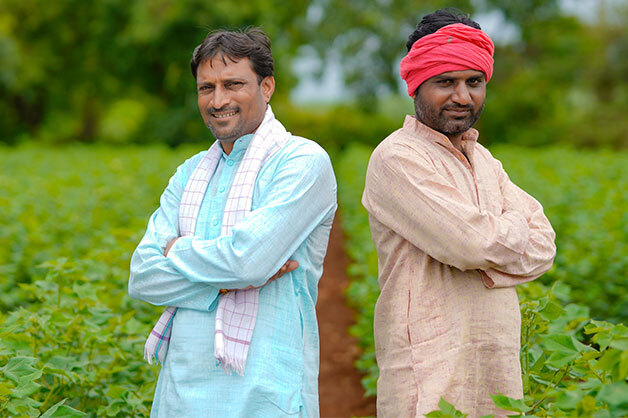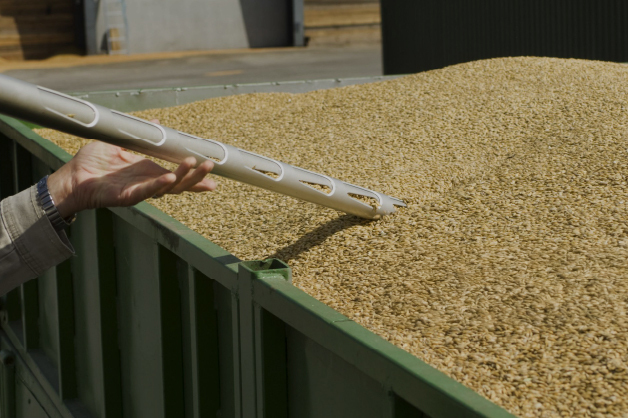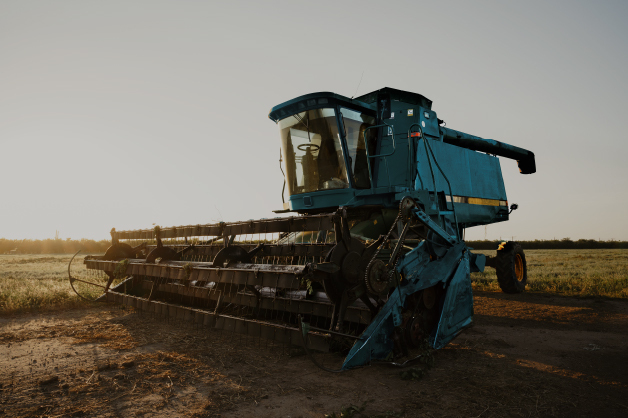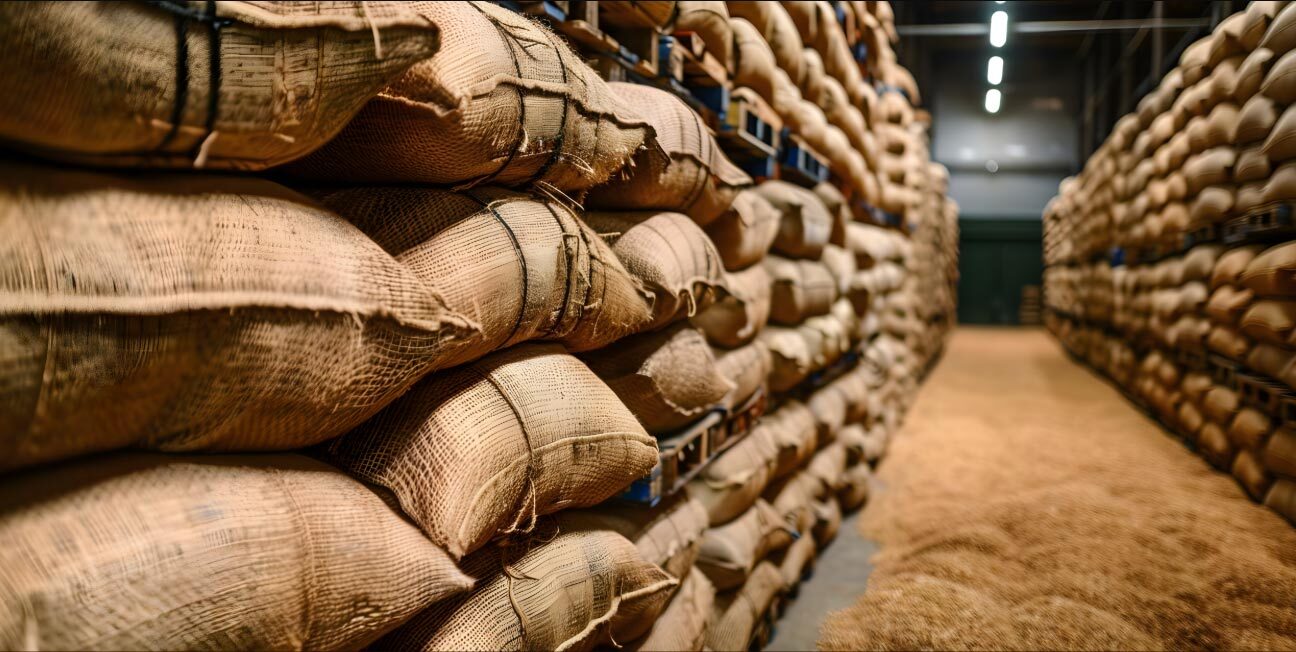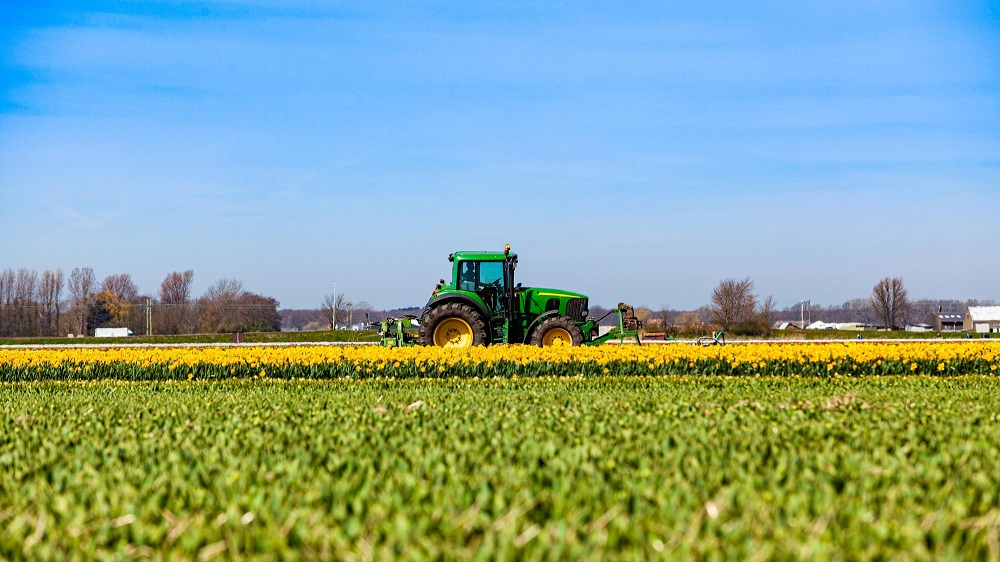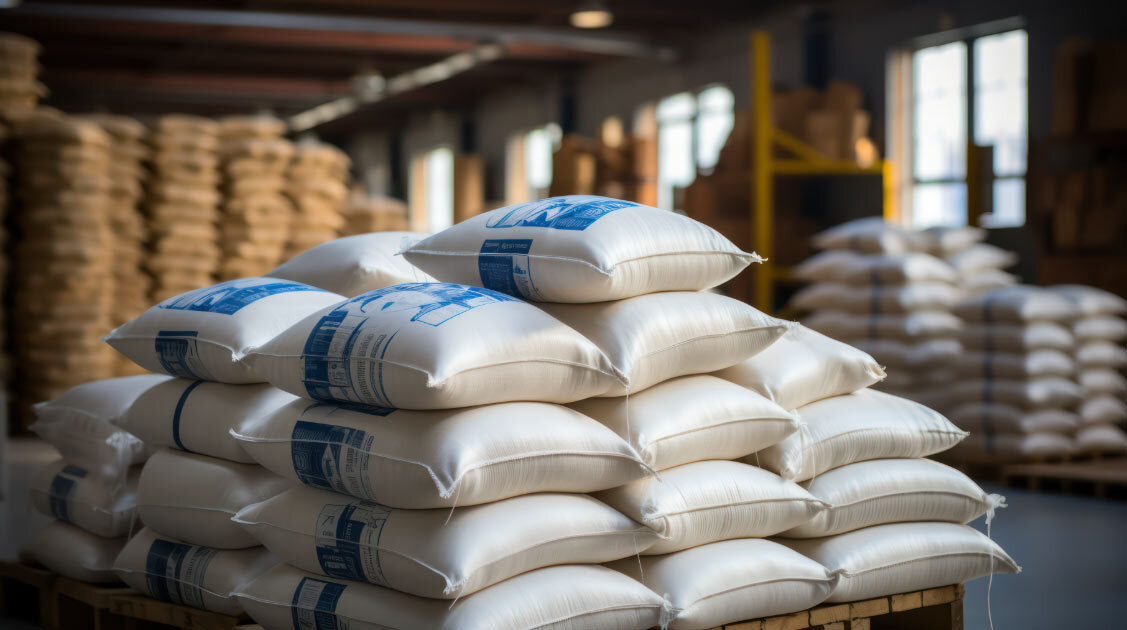India’s villages grow new potential every single day. Yet for decades, this potential has remained locked behind an age-old challenge: what do you do when you have a full harvest but no cash to wait for the right price?
Across rural India, farmers face the same dilemma: sell low, or go broke trying to hold on.
Now, there’s a game-changer. Commodity financing is turning stored grains into gateways of growth. Through providing farmers the ability to borrow against their crops, it’s allowing them to escape distress sales, regain bargaining power, and redefine credit, not as a weight, but as a stepping stone to prosperity.
What Is Commodity Financing?
Commodity financing is not just a loan, it’s a lifeline. Farmers put their crops away in licensed agriculture warehouses and pledge warehouse receipts as collateral to tap short-term credit. It allows them to avoid hasty, fire-sale prices and wait instead for market prices to rise.
This approach is transforming farming from a sale-by-necessity cycle to a strategic decision-making game, and is gaining ground as a vital tool in agricultural finance in India.
The Rural Credit Boom in Numbers
A mere loan availability isn’t enough in India’s rural credit landscape. Real impact comes from making that credit meaningful. Agri finance through commodity-based models does just that, letting farmers leverage stored produce to access cash, without sacrificing future gains.
Why This Matters: From Distress to Strategic Sales
Currently, over 85% of India’s farmers are smallholders, often forced into distress selling to meet immediate expenses. With credit against their harvest, farmers can:
- Avoid forced selling: Retain leverage to wait for peak prices
- Boost revenues: Strategic selling can enhance returns by 20–30%
- Reduce market volatility: Better timing eases supply gluts post-harvest
This isn’t just about income. Commodity management reshapes behavior, empowering farmers to treat harvests as assets.
Anchoring Trust: Infrastructure & Regulation
For this model to function, two fundamental frameworks are required:
- Warehousing infrastructure: Certified, secure storage maintains integrity
- Transparent, regulated markets: Warehouse receipts should be supported by reliable issuers and be bank-acceptable
Recent government efforts such as e-NAM, Negotiable Warehouse Receipts, and private participation from warehousing companies in India are making this a reality. They’re introducing transparency, standardization, and access to rural credit across the agriculture supply chain management.
Role of NBFCs & Tech-Driven Institutions
Enter Kissandhan (SLCM’s NBFC loan arm), agri-tech firms, Farmer Producer Organisation groups, and banks. They’re:
- Empowering last-mile farmers
- Digitizing loan workflows for speed and transparency
- Offering simplified documentation and faster disbursals
Together, they’re making agricultural finance accessible to remote farmers, moving past traditional banking constraints by leveraging non banking financial company models.
Constructing a Resilient Rural Economy
Apart from economic gains, commodity financing has spillovers:
- Reduced volatility: Storage simplifies supply fluctuations
- Increased FPO strength: Credit access enhances group-based marketing and bargaining capacity
- Quality orientation: Stored commodities are graded, tested, and stored to realize better market prices
These impacts foster a more robust, autonomous rural economy, founded on infrastructure, markets, and value realization.
The Path Ahead
Despite its promise, commodity financing faces hurdles:
- Awareness gaps: Most farmers are still unaware
- Infrastructure shortages: Hinterland areas do not have certified warehouses yet
- Complex procedures: Documentation can be intimidating
Fulfilling these needs requires across-the-board collaboration — government, corporates, banks, FPOs, and agri-tech disruptors. The building blocks are ready; scale now.
In Conclusion
Commodity financing isn’t simply a credit instrument; it’s a catalyst for rural empowerment. By linking timely capital to stored harvests, it transforms reactive selling into strategic planning.As India marches toward a $5 trillion economy, strong rural credit — anchored by collateral management, agri finance companies, and smarter warehousing — is non-negotiable. When farmers are empowered to hold, wait, and earn, it’s not just their income that grows, but the health of the entire agri-economy.



